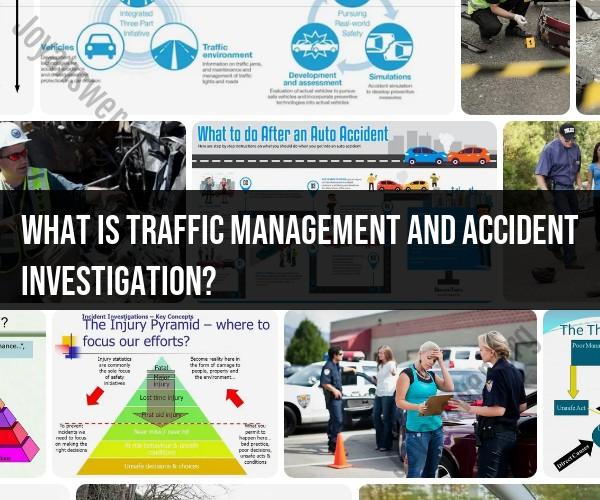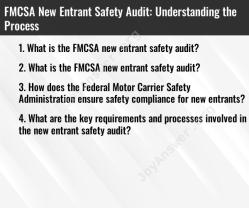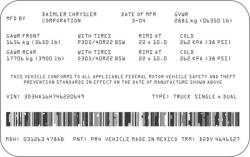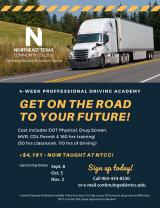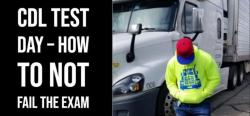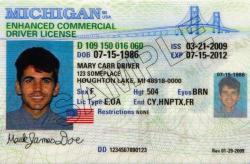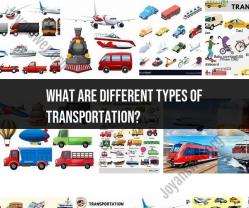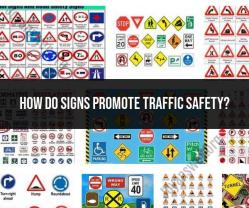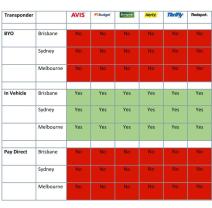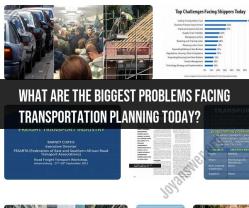What is traffic management and Accident Investigation?
Traffic management and accident investigation are critical components of maintaining road safety and responding to incidents on roadways. Here are some key concepts related to these areas:
Traffic Management:
Traffic Flow: The movement of vehicles and pedestrians on roadways. Effective traffic management aims to maintain smooth flow and prevent congestion.
Congestion Management: Strategies to alleviate traffic congestion and reduce delays, including variable speed limits, reversible lanes, and ramp metering.
Traffic Control Devices: Signs, signals, markings, and barriers used to regulate, warn, and guide traffic safely through various conditions.
Incident Management: Coordinated response to accidents, breakdowns, and other incidents to minimize their impact on traffic flow and ensure the safety of all involved.
Roadside Safety: Implementing measures such as guardrails, crash cushions, and clear zones to reduce the severity of accidents and protect road users.
Traffic Management Centers: Facilities that monitor and manage traffic conditions using real-time data, making adjustments to signal timings and disseminating information to the public.
Intelligent Transportation Systems (ITS): Advanced technologies used to improve transportation safety and mobility, including traffic cameras, dynamic message signs, and vehicle-to-infrastructure communication.
Traffic Incident Response Vehicles: Specially equipped vehicles and trained personnel that respond to incidents quickly, providing assistance and clearing the roadway as needed.
Traffic Flow Analysis: Studying traffic patterns and data to optimize signal timings, lane configurations, and other factors to improve traffic flow.
Accident Investigation:
Scene Preservation: Securing the accident scene to protect evidence and ensure the safety of responders and other road users.
Evidence Collection: Gathering information such as vehicle positions, debris locations, skid marks, and witness statements to reconstruct the accident.
Collision Reconstruction: Using collected data to recreate the sequence of events leading to the accident and determine factors such as speed, direction, and impact angles.
Photography and Diagramming: Documenting the accident scene through photographs and diagrams to aid in analysis and communication.
Vehicle Examination: Inspecting vehicles involved in accidents to identify mechanical issues, safety system deployment, and potential contributing factors.
Human Factors: Evaluating the role of driver behavior, distractions, impairment, fatigue, and other factors that might have contributed to the accident.
Crash Data Retrieval (CDR): Extracting data from a vehicle's event data recorder (EDR) to provide insights into pre-crash conditions, speeds, and actions.
Accident Reporting: Compiling detailed reports that include findings, conclusions, and recommendations based on the investigation.
Legal Implications: Providing evidence for insurance claims, legal proceedings, and potential criminal charges related to the accident.
Both traffic management and accident investigation play vital roles in creating safer roadways and responding effectively to incidents. They involve a combination of technology, expertise, coordination, and public education to prevent accidents and minimize their consequences when they do occur.
